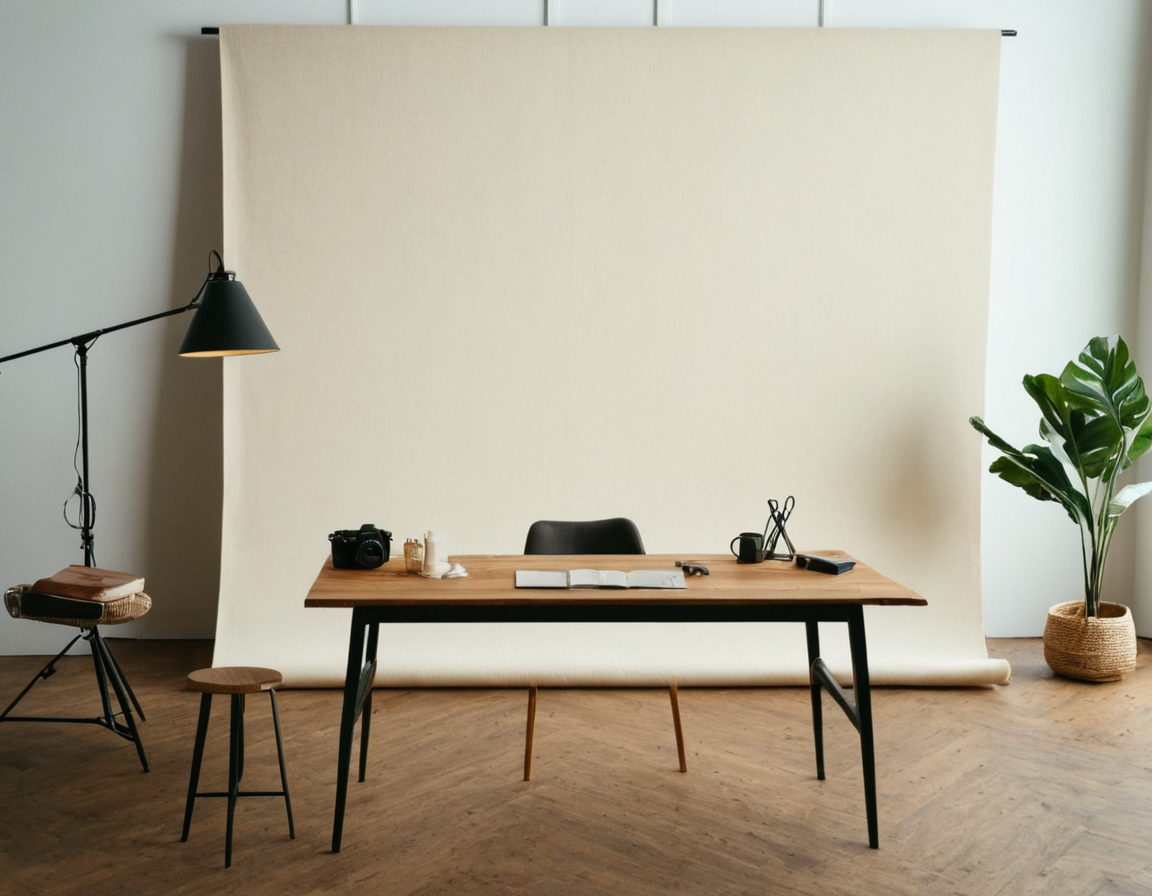Shopify Tips: Essential Props & Backdrops (2023)

Creating Engaging Product Images with Shopify: 10 Essential Props and Backdrops
As an e-commerce business owner, creating visually appealing product images is crucial for driving sales and building a strong brand. While high-quality product images can make or break an online store, many entrepreneurs struggle with the logistics of creating these images. In this article, we will explore the top 10 essential props and backdrops for creating engaging product images with Shopify.
Introduction
In today’s competitive e-commerce landscape, having a visually appealing product image is no longer enough. Consumers expect more than just a picture; they want an immersive experience that showcases the product in a lifestyle setting. As a business owner, it’s essential to invest in high-quality props and backdrops that can elevate your product images and drive sales.
1. Understanding the Importance of Props and Backdrops
Before we dive into the top 10 essential props and backdrops, it’s crucial to understand why they’re necessary in the first place. Props and backdrops serve as a visual storyteller, allowing customers to imagine how the product would look in real-life scenarios. This can significantly increase conversions and drive sales.
2. Natural Light vs. Artificial Light
One of the most critical aspects of creating engaging product images is lighting. While natural light is often preferred, it’s not always possible or practical. In these cases, artificial light sources like LED lights or softboxes can be used to create a more controlled environment. However, it’s essential to note that using too much light can result in overexposure and loss of detail.
3. Using Props to Create a Lifestyle Setting
Props play a significant role in creating a lifestyle setting for your product images. This could include anything from food, clothing, or accessories to home decor items. When selecting props, ensure they align with the brand’s aesthetic and target audience. For example, if you’re selling outdoor gear, using props like camping chairs or bicycles can help create a more immersive experience.
4. Backdrops: The Foundation of Your Image
Backdrops serve as the foundation for your product image. When selecting a backdrop, consider the following factors:
- Color: Choose a color that complements the product and brand aesthetic.
- Texture: Avoid using a backdrop with a busy or distracting texture that can detract from the product.
- Material: Opt for a high-quality material that won’t degrade over time.
5. Styling Your Product
Styling your product is an art form that requires attention to detail and creativity. When styling, consider the following:
- Composition: Balance the composition of the image to create visual harmony.
- Negative space: Avoid over-crowding the image with too many props or elements.
- Branding: Ensure the styled product aligns with the brand’s aesthetic and values.
6. Editing Software for Image Enhancement
Image editing software like Adobe Lightroom and Photoshop can be used to enhance your product images. However, it’s essential to use these tools judiciously and avoid over-editing, which can result in an unnatural look.
7. Using AI-Generated Content Wisely
AI-generated content can be a valuable tool for creating product images, but it must be used wisely. Ensure that the generated content aligns with the brand’s aesthetic and values, and avoid using it as a crutch for lack of creativity.
8. Creating a Brand Style Guide
Creating a brand style guide is essential for ensuring consistency across all product images. This guide should outline the brand’s color palette, typography, and imagery guidelines.
9. Using Product Photography Services
If you’re not equipped with the necessary skills or resources to create high-quality product images, consider using professional photography services. These services can provide expert guidance and ensure that your product images meet the highest standards.
10. Measuring Success and Iterating
Measuring success is crucial when it comes to creating engaging product images. Monitor analytics and gather feedback from customers to determine what’s working and what areas need improvement. Use this data to iterate and refine your approach, ensuring that your product images continue to drive sales and grow your brand.
Conclusion
Creating engaging product images with Shopify requires a combination of creativity, technical expertise, and attention to detail. By incorporating the top 10 essential props and backdrops into your strategy, you can elevate your product images and drive sales. Remember to stay focused on providing an immersive experience for your customers and continually iterate and refine your approach to ensure success.
Call to Action
Take the first step towards creating high-quality product images that drive sales and grow your brand. Invest in the necessary resources, skills, and expertise required to create visually appealing product images that align with your brand’s aesthetic and values.
Tags
product-photography-tips engaging-ecommerce-images shopify-image-settings lifestyle-inspired-shopping professional-online-store-visuals
About Teresa Gomez
Photography enthusiast & blogger Teresa Gomez shares her expertise on inspiring photography techniques, tutorials, and tools to help creatives elevate their craft at lentecreativa.com.
